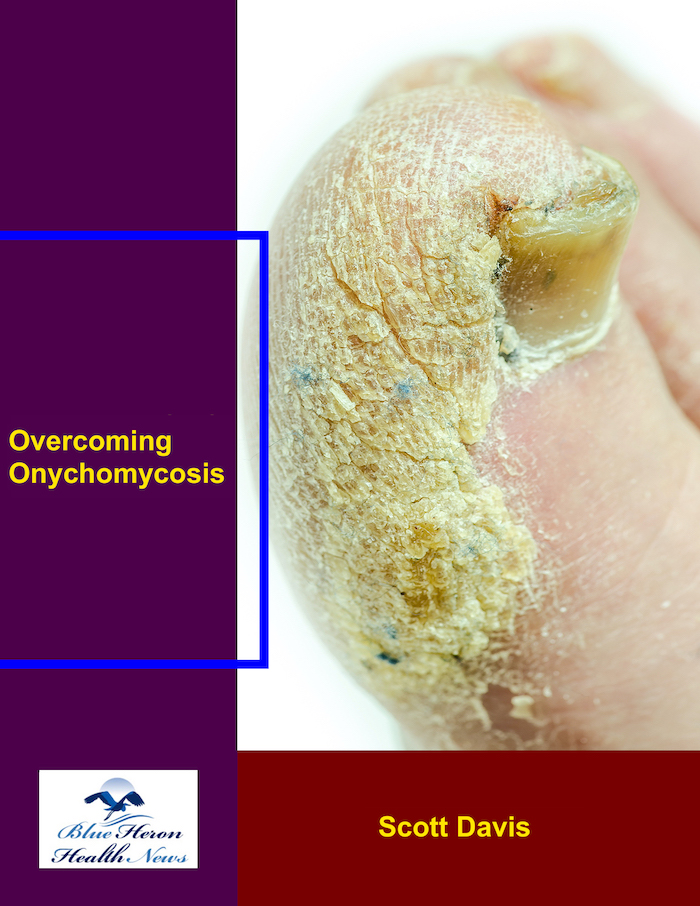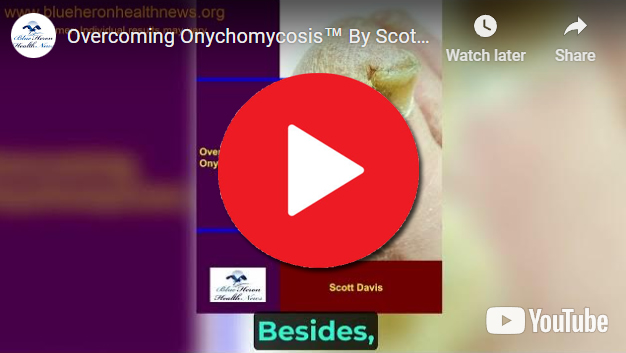
Overcoming Onychomycosis™ By Scott Davis It is a simple, natural, and all-in-one solution for onychomycosis. The program can help you to treat your nail fungus naturally. Once you follow this program, you do not need to spend on expensive treatments to prevent a recurrence. In brief, you can have a proven solution for your chronic nail fungus. Besides, the program is easy to follow, and most users find it effective against onychomycosis.
How can one avoid sharing personal items to prevent onychomycosis?
To prevent onychomycosis (fungal nail infections), avoiding the sharing of personal items is a crucial step. Fungi that cause onychomycosis thrive in warm, moist environments, and sharing personal items can facilitate the spread of these fungi. Here are several ways to minimize the risk of fungal infections by avoiding the sharing of personal items:
1. Do Not Share Footwear
- Shoes, Sandals, and Slippers: Fungi can thrive in shoes and sandals, especially in damp or sweaty conditions. Avoid sharing footwear, including flip-flops in public places like locker rooms, gym showers, or swimming pools. Always wear your own waterproof sandals or shoes in these environments.
- Shoe Hygiene: If you need to share shoes (for example, in sports settings or for temporary use), make sure they are thoroughly disinfected and dry before wearing them.
2. Avoid Sharing Nail Care Tools
- Nail Clippers: Do not share nail clippers, nail files, or cuticle pushers, as they can transfer fungi between individuals. If you share a nail salon experience, ensure that the tools are properly sterilized between uses.
- Pumice Stones and Foot Files: If using pumice stones or foot files, avoid sharing them with others, as they can harbor fungal spores from one person’s feet and transfer them to another’s.
- Nail Brushes and Scrubbers: Avoid sharing any tools or brushes used for cleaning under the nails, as these can also carry fungal spores that might lead to infection.
3. Use Personal Towels
- Towels: Never share bath towels, hand towels, or foot towels. Fungi can live on damp towels and may transfer from one person’s skin or nails to another’s.
- Drying Feet: After washing or showering, always dry your feet thoroughly with your own towel. Moisture can encourage fungal growth, so it’s essential to ensure your feet are completely dry before putting on socks or shoes.
4. Avoid Shared Shower Facilities
- Public Showers: In shared showers, such as those in gyms, hotels, or swimming pool areas, it’s important to wear shower shoes or flip-flops to avoid direct contact with potentially contaminated floors.
- Gym Floors and Pools: Fungal infections, such as athlete’s foot, are common in public showers or pool areas. Always protect your feet with your own footwear to prevent exposure to any fungi that may be present on the ground.
5. Don’t Share Socks or Hosiery
- Socks: Fungi can easily spread through shared socks or hosiery. Always wear your own clean socks and do not borrow or lend socks to others. If you have a fungal infection, avoid wearing socks that may have come into contact with the infected area.
- Hosiery: If wearing hosiery or pantyhose, make sure they are your personal items and have not been worn by someone else, as fungi can live on fabrics and transfer between people.
6. Avoid Sharing Personal Hygiene Products
- Razors and Nail Tools: Do not share razors, nail polish applicators, or other personal hygiene tools that come in contact with skin and nails. These items can pick up fungal spores and transmit them to others.
- Foot Creams and Ointments: If you are using antifungal creams or other foot care treatments, ensure that these are not shared, as the cream may be contaminated with fungal spores.
7. Wear Protective Footwear in Communal Spaces
- Public Pools and Beaches: When visiting public pools, hot tubs, or communal beaches, wear your own waterproof sandals or flip-flops to protect your feet from exposure to fungi on the ground.
- Locker Rooms: Always wear shoes or sandals in locker rooms, and avoid walking barefoot on the floors, as they can harbor fungi and other pathogens.
8. Practice Proper Foot Care in Shared Spaces
- Nail Salons and Spas: If you visit a nail salon or spa for pedicures or manicures, ensure that the salon follows proper sanitation practices, such as sterilizing tools between clients. Avoid using salons that do not adhere to these standards.
- Personal Foot Care: When treating your own feet, always use your personal tools (such as nail clippers, files, and scrubbers), and ensure that any tools are cleaned and sanitized regularly.
9. Ensure Proper Foot Hygiene at Home
- Footwear at Home: If you live with others, avoid sharing indoor slippers or shoes. Everyone in the household should have their own footwear to reduce the risk of spreading any potential fungal infection.
- Washing and Disinfecting: Wash bedding, towels, and clothing regularly, especially after having been in contact with infected areas (such as a foot that has fungal nail infection). Regularly disinfect shared surfaces like bathroom floors, especially in places where your feet make contact.
10. Be Cautious Around Pets
- While pets can sometimes carry fungi, it is generally rare for them to spread onychomycosis directly to humans. However, if your pet has any visible skin or fungal issues, take precautions to avoid sharing items, such as grooming tools, and practice good hand hygiene after handling your pet.
Conclusion:
By not sharing personal items, such as footwear, nail care tools, and towels, you can significantly reduce the risk of spreading or contracting onychomycosis. These simple precautions, along with maintaining proper foot hygiene and protecting your feet in public spaces, can go a long way in preventing fungal nail infections. Regularly disinfecting items and avoiding exposure to shared surfaces will further help in minimizing the likelihood of infection.
Overcoming Onychomycosis™ By Scott Davis It is a simple, natural, and all-in-one solution for onychomycosis. The program can help you to treat your nail fungus naturally. Once you follow this program, you do not need to spend on expensive treatments to prevent a recurrence. In brief, you can have a proven solution for your chronic nail fungus. Besides, the program is easy to follow, and most users find it effective against onychomycosis.
